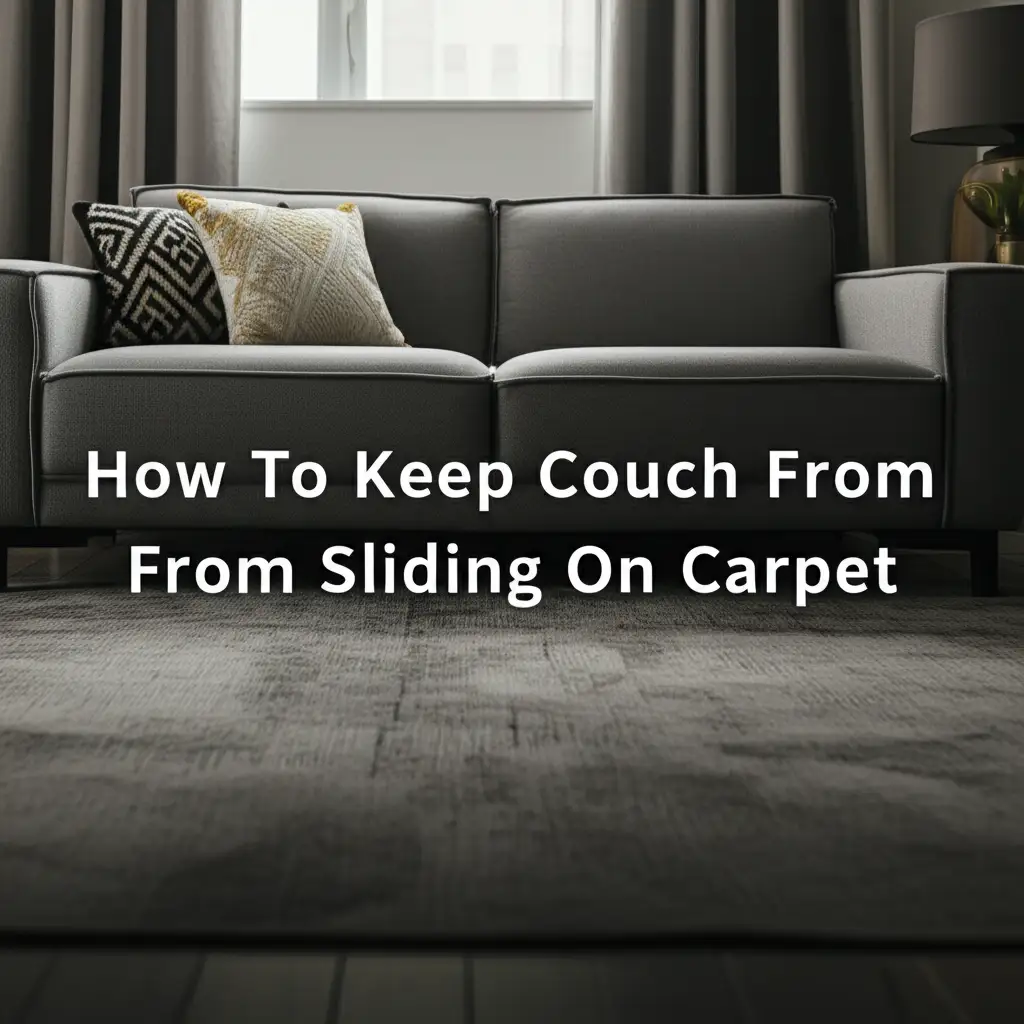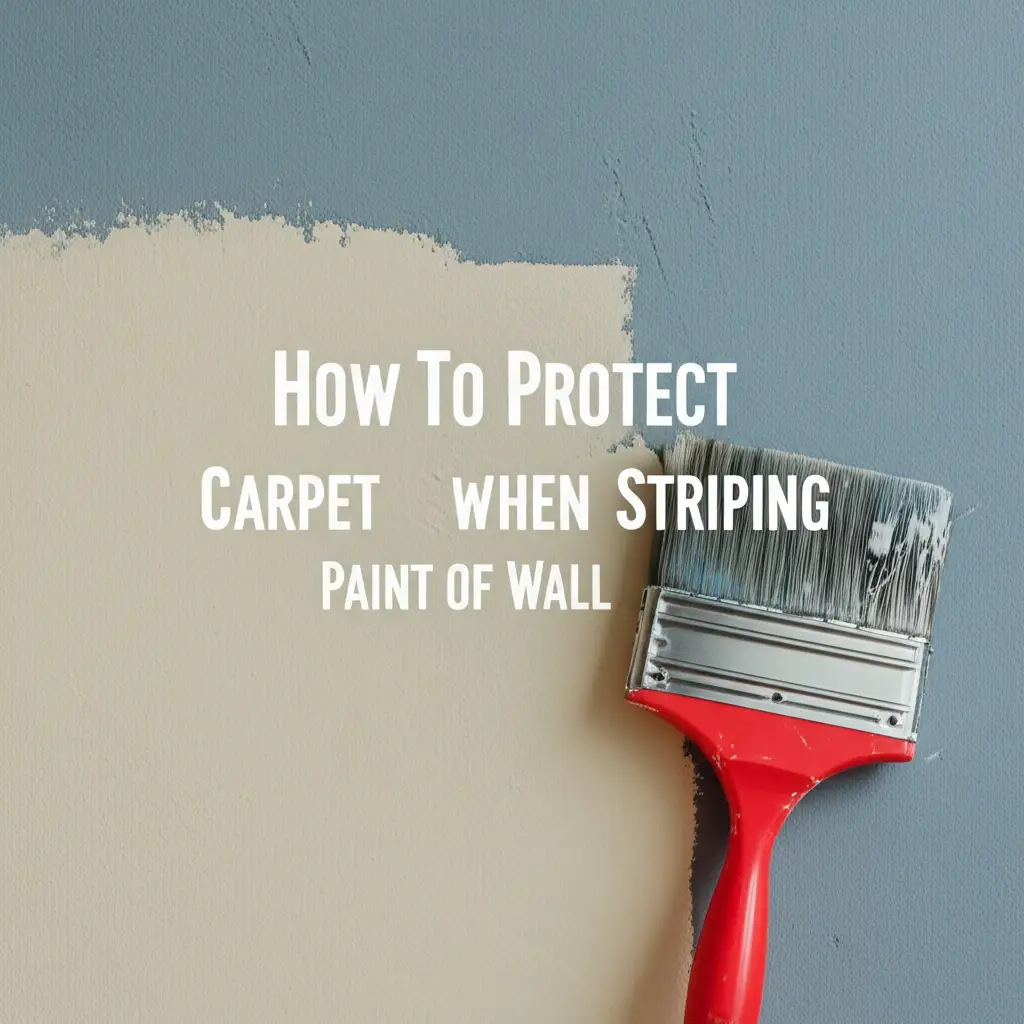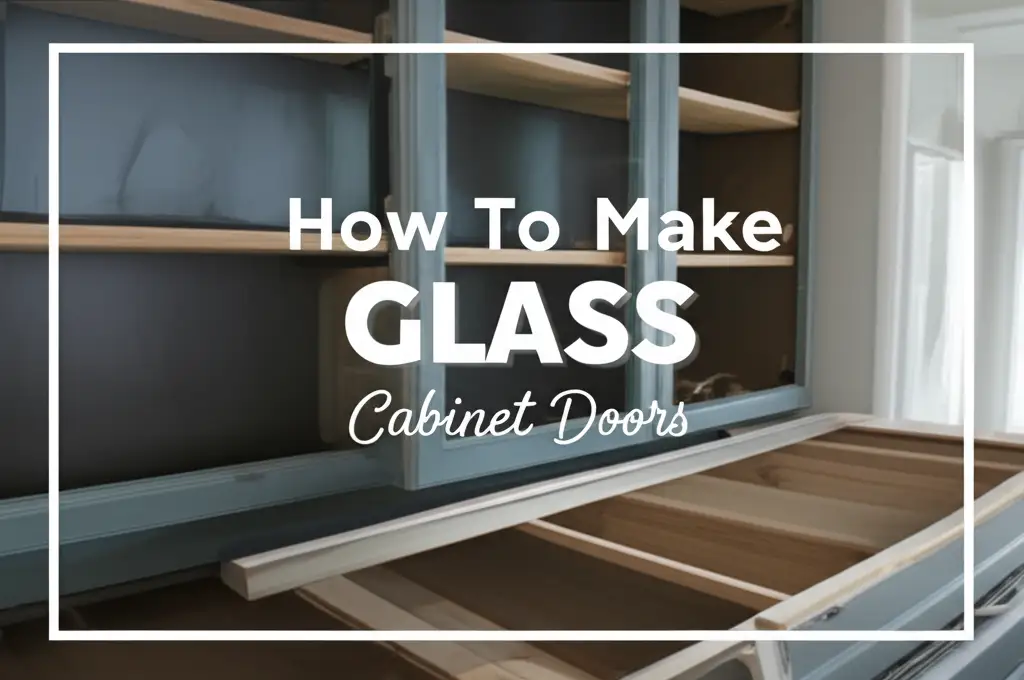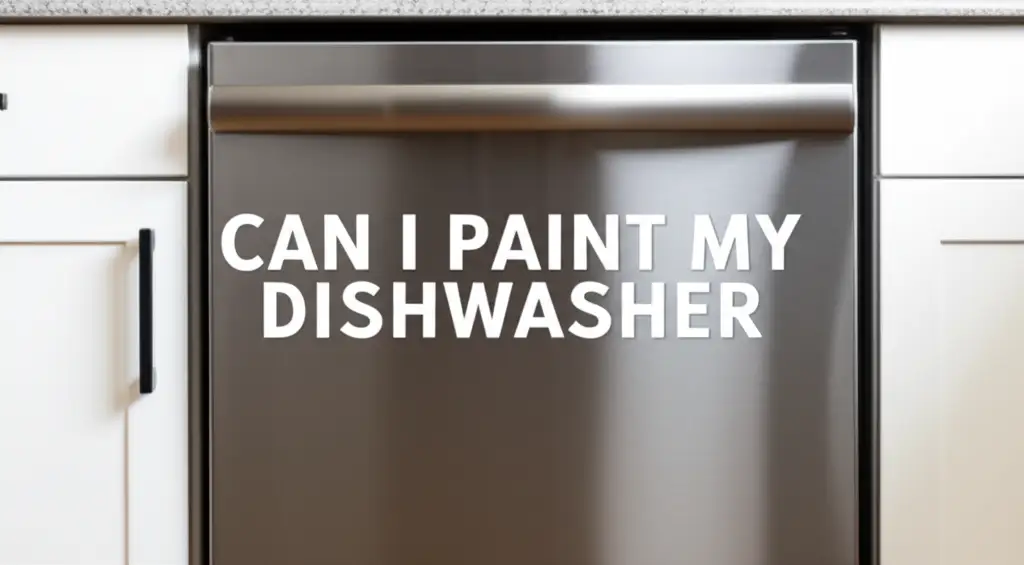· Elira Thomsen · Home Improvement · 18 min read
How To Keep My Drums From Sinking Into The Carpet
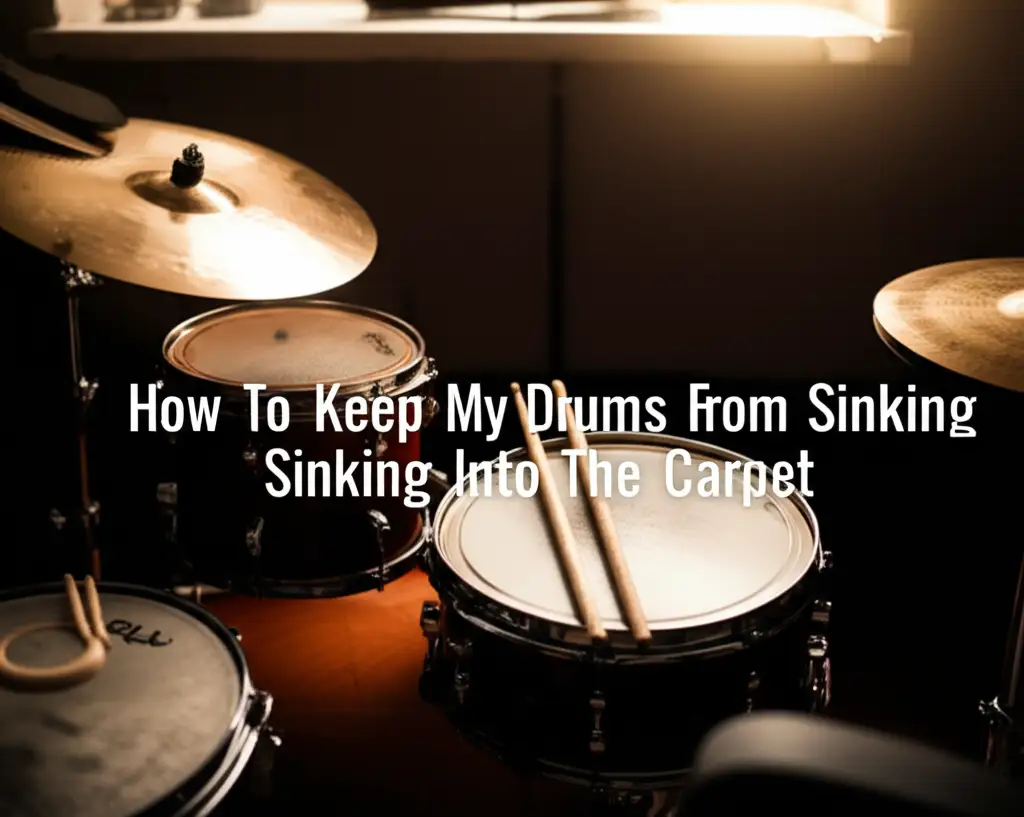
How To Keep My Drums From Sinking Into The Carpet
Playing drums is a fantastic experience. However, if you play on carpet, you might face a frustrating problem: your drums sinking into the carpet. This issue makes your drum kit unstable. It can also cause damage to your flooring. No one wants their bass drum sliding away mid-song.
I know how annoying it is when your kick drum creeps forward. This happens because the drum spurs dig deep. Your stands also leave dents in the carpet. This article will help you solve this common drummer’s dilemma. We will cover solutions from simple drum mats to smart hardware adjustments. You will find ways to keep your drums stable and your carpet safe.
Takeaway:
- Use a Drum Mat: A dedicated drum mat is the best solution for stability and carpet protection.
- Adjust Drum Hardware: Proper use of drum spurs and rubber feet stops movement.
- Consider DIY Options: Plywood or heavy-duty rubber mats offer good alternatives.
- Protect Your Carpet: Prevent permanent indentations and wear.
- Maintain Your Setup: Regular checks keep your drums secure and stable.
Clear and Concise Answer:
To keep your drums from sinking into the carpet, use a purpose-built drum mat or a heavy-duty rug. Adjust your drum spurs to grip the mat or carpet firmly. You can also use plywood or rubber mats under your kit. These solutions provide stability and protect your carpet from damage.
Understanding the Problem: Why Drums Sink Into the Carpet
Drums sinking into the carpet is a common complaint among drummers. This issue happens due to the heavy weight of the drum kit. Drum spurs, which are sharp points on the bass drum, push down into the carpet fibers. They dig deeper with every kick. Other drum stands, like those for cymbals or the hi-hat, also have small feet. These feet exert pressure on the soft carpet.
When drums sink, the kit loses its stability. This affects your playing experience. The bass drum might creep forward, making it hard to maintain rhythm. Your cymbal stands can wobble. The constant pressure also leaves deep indentations in your carpet. Over time, these marks can become permanent. This means real damage to your home flooring. Understanding why this happens is the first step to finding a good solution.
The Essential Solution: Drum Rugs and Mats
The simplest and most effective way to keep your drums from sinking is to use a drum mat. A drum mat is a special rug designed for drum kits. It provides a stable surface for your entire setup. These mats are often made of durable materials. They have a non-slip backing. This backing keeps the mat itself from sliding on the carpet.
Drum mats come in various sizes and thicknesses. Choose one large enough to fit your entire kit. The thicker mats offer more cushioning. This helps prevent drum spurs from pushing through. The mat also protects your carpet from wear and tear. It stops your bass drum from moving forward during play. Many drummers consider a good drum mat an essential part of their setup. It improves stability and protects your floor investment. A quality drum mat acts as a barrier, stopping the direct contact between sharp drum hardware and your soft carpet. This layer makes a huge difference in preventing damage. It also keeps your entire drum kit solid and still. Consider a drum mat to be your first line of defense. It is designed to withstand the pressure of drum spurs and stand feet. This item provides a secure anchor point for your bass drum and pedals.
Finding the right protective layer for your floor is key. You might want to explore what can I put over carpet to protect it for more general ideas. This includes different materials and options. A drum mat offers a specific solution tailored for musical equipment. It ensures that your setup remains firm.
Choosing the Right Drum Mat
Selecting a drum mat needs careful thought. Size is important. Measure your drum kit’s footprint. This includes the bass drum, snare, hi-hat stand, and cymbal stands. You want a mat that fits everything comfortably. Materials also differ. Some mats are thin and lightweight, good for portability. Others are thick and heavy, offering maximum stability.
Look for a mat with a good non-slip bottom. This prevents the mat from bunching up. A solid mat helps keep your bass drum spurs from digging into the carpet. It also stops your entire kit from sliding around. A quality mat makes a big difference in how your drums feel and sound.
- Size: Make sure it is large enough for your whole kit.
- Material: Choose durable materials that can withstand pressure.
- Non-Slip Backing: This feature is crucial to prevent mat movement.
- Thickness: Thicker mats offer better protection and stability.
Creative DIY Solutions for Carpet Protection
If a dedicated drum mat is not an option, you can create your own solutions. Many materials can work as a protective layer under your drums. These DIY methods can be cost-effective. They also offer good stability for your drum kit. The goal is to create a flat, firm surface. This surface distributes the weight of your drums evenly. It stops the drum spurs from sinking into the carpet.
One popular choice is a sheet of plywood. A piece of plywood cut to size provides a very rigid base. You can place a non-slip rug pad underneath it. This prevents the plywood from sliding on your carpet. Another idea is to use heavy-duty rubber mats. These are often used in garages or gyms. They are durable and offer good grip. Interlocking foam tiles, usually found for home gyms, can also work. These tiles connect to form a larger surface. While not as rigid as plywood, they offer some cushioning and protection.
Always consider the weight and movement of your drum kit. You want a solution that stays put. The goal is to provide a solid foundation for your drumming. These DIY options show that you can protect your carpet with simple materials. They help keep your drums stable without breaking the bank. For more general ways to protect your floor, consider reading about what can I put over carpet to protect it.
Plywood Base for Drum Stability
Plywood provides a very strong and stable base for your drums. Get a sheet of plywood that fits your drum kit’s footprint. You can cut it to size at a hardware store. Place this plywood directly on your carpet. To prevent the plywood from sliding, put a rubber rug pad underneath it. This creates a solid platform.
The plywood distributes the weight of your drums widely. This means the drum spurs and stand feet do not press on just one spot. It stops them from digging into the carpet. This solution is very effective. It keeps your drums from moving. It also protects your carpet from lasting damage.
Heavy-Duty Rubber Mats
Rubber mats, similar to those in gyms, are excellent for drum protection. These mats are dense and durable. They resist pressure well. Their natural grip helps them stay in place on carpet. You can buy these mats in various sizes. Some even interlock to create a larger surface.
Rubber mats provide a firm surface for your drum kit. The drum spurs and stand feet will not sink into them. This keeps your drums stable. It also protects your carpet from any damage. These mats are easy to clean too. They offer a simple and effective way to secure your drum set.
Interlocking Foam Tiles
Interlocking foam tiles offer a softer but still effective solution. These are typically used for home gym flooring. They snap together to form a custom-sized mat. The foam provides some cushioning. It also creates a barrier between your drums and the carpet.
While not as rigid as plywood, foam tiles still help distribute weight. They reduce the direct pressure from drum spurs. This prevents deep indentations in your carpet. They are also easy to set up and take down. This makes them a flexible option for protecting your floor.
Optimizing Drum Hardware for Stability
Even with a mat, your drum hardware plays a big part in stability. Proper adjustment of drum spurs is crucial. Bass drum spurs are extendable rods with tips. These tips can be rubber or spiked. For carpet, spiked tips offer the best grip. Extend the spikes enough to dig into the mat or carpet. This anchors the bass drum firmly in place.
Do not extend them too far, though. This can lift the front of the drum too high. Adjust the angle of the spurs. They should point slightly forward, not straight down. This helps prevent forward creep. For other stands, like your hi-hat and cymbal stands, check their rubber feet. Make sure these feet are clean and intact. Worn or dirty rubber feet lose their grip. Some stands also have retractable spikes. Use these if your mat or carpet allows. Adjusting your hardware correctly adds another layer of stability. It works with your mat to keep your kit solid.
A stable drum kit feels good to play. It also prevents accidents. Taking a few minutes to adjust your hardware makes a big difference. This simple step can greatly improve your drumming experience. It ensures your drums stay right where you want them.
Adjusting Bass Drum Spurs
Bass drum spurs are essential for preventing drum creep. Most spurs have two settings: rubber feet or metal spikes. If you play on carpet, use the metal spikes. Extend these spikes so they dig into your drum mat or carpet. This creates a strong anchor point. Do not extend them too much. You want the bass drum to sit evenly on the floor.
The angle of the spurs also matters. Point them slightly forward, not straight down. This angle helps resist the forward motion of your kick drum. Ensure both spurs are extended equally. This keeps your bass drum level. Proper spur adjustment is a simple yet very effective step. It dramatically increases drum stability on carpet.
Securing Hi-Hat and Cymbal Stands
Hi-hat stands and cymbal stands also need attention. They have rubber feet at their base. Make sure these rubber feet are clean. Dirt or dust can reduce their grip. Some stands also have retractable spikes. These spikes are good for carpets or drum mats. Extend them to get a better bite.
Check the tightness of all stand wingnuts. Loose parts can lead to wobble. A stable stand does not move during play. This prevents your cymbals from swaying too much. It also keeps your hi-hat pedal firm. Proper stand setup contributes to overall kit stability. This helps keep your drums from sinking or shifting.
Advanced Strategies for Studio and Practice Spaces
For a dedicated studio or practice area, you can consider more permanent solutions. Building a small, raised platform for your drum kit is one option. This platform sits on top of your carpet. It provides a perfectly flat and rigid surface. It elevates your drums slightly. This eliminates any issues with the carpet’s softness. A platform can be built from sturdy plywood. You can also add some sound-dampening material underneath. This setup offers maximum stability. It also helps with sound isolation.
Another idea is to install a specific type of flooring in that area. Commercial-grade carpet or a low-pile rug over a strong underlayment can work well. These materials offer more density than standard residential carpet. This means less sinking. The right underlayment also helps to keep the carpet firmly in place. For more general advice on securing carpets, you might find useful information on how to keep a carpet down. These advanced options require more effort. However, they provide the best long-term stability for your drum kit. They also protect your investment in both your instruments and your home.
These strategies are ideal for serious drummers. They offer a stable base that feels consistent every time you play. A dedicated area means you can optimize your setup fully. This ensures your drums perform their best. It also protects your space from wear and tear.
Building a Drum Platform
A custom drum platform offers the ultimate stability. It is a raised floor for your drum kit. You can build it from two layers of plywood. Use sturdy 2x4 lumber for the frame underneath. Cover the top with durable carpet or a rubber mat. This platform sits directly on your existing carpet.
The platform creates a perfectly flat and solid surface. This stops any sinking or movement. It also helps isolate drum sounds. This is good for home studios. Building a platform requires some DIY skills. However, the benefits are worth the effort for a permanent setup. It provides a professional and stable playing area.
Using Commercial-Grade Carpet
If you are replacing the carpet in your drum area, choose commercial-grade carpet. This type of carpet is denser than residential carpet. It has a low pile. This means shorter fibers. These features make it much harder for drum spurs to sink. Commercial carpet is designed for high traffic areas. It can withstand the pressure of a drum kit.
Install it over a firm underlayment. This adds to its stability. Commercial carpet comes in various styles. You can find one that fits your room’s look. This option provides a durable and stable surface. It ensures your drums stay put for a long time. It is a good choice for dedicated practice rooms.
Caring for Your Carpet and Gear
Keeping your drums from sinking is also about caring for your carpet. Regular cleaning of the area under your drums helps a lot. Dust and debris can build up. This can make surfaces slippery. When you move your drum kit, take time to vacuum the area. This prevents dirt from getting trapped under mats or hardware. Trapped dirt can scratch floors.
Even with protection, light indentations can occur over time. To reduce these, occasionally shift the position of your drum kit. This is not always practical for a full setup. But even small shifts can help. If you do notice dents, you can try methods to lift carpet pile. This involves using a damp cloth and an iron (with caution). Or a carpet steamer can also help. For more details on carpet cleaning methods, you can refer to articles like how to clean a machine-made carpet cleaning. Proper care keeps both your carpet and your drum gear in good condition. It ensures your setup looks good and functions well.
Taking care of your setup prolongs its life. It also keeps your playing space inviting. A clean area is a happy area for drumming. This attention to detail reflects in your music. It also preserves your home.
Regular Carpet Maintenance
Keeping your carpet clean helps prevent damage from drum kits. Regularly vacuum the area where your drums sit. Remove any dust, dirt, or debris. This stops particles from getting trapped under drum mats or hardware. Trapped dirt can scratch or wear down carpet fibers.
If you temporarily move your drums, thoroughly vacuum the exposed carpet. This is a good time to clean the area. Keeping the carpet clean also makes any protective mat work better. A clean surface means better grip for the mat. This small step helps maintain your carpet’s condition.
Dealing with Indentations
Even with protection, some carpet indentations might appear. To address these, you can use a few tricks. First, try vacuuming the indented area. Sometimes, this is enough to lift the pile. For deeper dents, use a damp cloth. Place the cloth over the dent. Gently press a warm iron over the damp cloth for a few seconds. The steam helps the carpet fibers rise. Be careful not to burn the carpet.
Another option is a carpet steamer. The steam relaxes the fibers. This allows them to spring back. After steaming, use your fingers or a stiff brush to fluff the pile. These methods can help reduce or remove temporary indentations. They keep your carpet looking good.
Choosing the Right Spot: Room Acoustics and Setup
The location of your drum kit in a room also matters for stability. A flat, even surface is always best. Avoid placing your drums on uneven sections of carpet or near seams. These areas can cause wobbles. Consider the overall room acoustics. Placing drums against a solid wall can sometimes enhance bass response. However, it can also amplify movement against the wall.
Ensure you have enough space around your kit. This allows you to set up all stands properly. Crowded setups can force stands into awkward positions. This increases the chance of them sinking or moving. Good lighting is also helpful. You can see how your drums are sitting on the mat or carpet. A well-planned setup reduces stability issues. It also makes your drumming more enjoyable.
The room environment plays a big role in your drumming experience. A stable setup contributes to better sound. It also makes you feel more comfortable. Think about the room as an extension of your instrument. A thoughtful approach to placement pays off.
Importance of a Flat Surface
A flat surface is crucial for drum stability. If your carpet has bumps or uneven spots, avoid placing your drums there. These irregularities can make your drum kit wobble. They also put uneven pressure on the carpet fibers. This can lead to deeper indentations in specific spots.
Before setting up your drums, check the floor. Ensure the area is as flat as possible. If you use a drum mat, make sure it lays perfectly flat. A level foundation is key. It ensures your drums sit securely. This prevents sinking and improves your playing comfort.
Considering Room Layout
Think about the room’s layout when setting up your drums. Give your kit ample space. Do not cram it into a corner. This allows you to position all stands correctly. Proper spacing helps distribute the weight evenly. It also prevents stands from bumping into walls or furniture.
A well-spaced setup makes your kit feel more stable. You have room to adjust hardware freely. It also contributes to better sound. Crowded setups can make your drums feel unstable. They can also limit your movement while playing. A smart layout makes a big difference.
FAQ Section
Q1: How do drum rugs prevent sinking?
Drum rugs prevent sinking by providing a firm, flat surface. They distribute the weight of the drum kit over a larger area. This stops drum spurs and stand feet from pressing deep into the carpet fibers. Many drum rugs also have a non-slip backing. This keeps the mat and the drums from sliding on the carpet. This creates a stable anchor point for your kit.
Q2: Can I use a regular rug instead of a drum rug?
You can use a regular rug, but choose wisely. Look for a rug that is dense and has a low pile. A rug with a non-slip backing is essential. Thin, high-pile rugs will not offer enough support. They will still allow drums to sink. A dedicated drum rug is usually better designed for the pressure. However, a suitable regular rug can work in a pinch.
Q3: Will my carpet be permanently damaged by drums?
Without protection, your carpet can suffer permanent damage. Deep indentations from drum spurs can be very hard to remove. Carpet fibers can also become matted or worn down. Using a drum mat or another protective barrier largely prevents this. Regular care and rotating the kit’s position can also help prevent lasting marks.
Q4: How do I choose the right drum mat size?
Measure the space your drum kit occupies. Include all drums, pedals, and stands. Add a few extra inches around the perimeter for comfort. A common size for a standard five-piece kit is around 5x6 feet or 6x8 feet. Make sure the mat is large enough to fit your entire setup. This ensures full stability and protection.
Q5: What else can I do for drum stability on carpet?
Beyond a mat, adjust your bass drum spurs correctly. Use the spiked ends for carpet. Extend them enough to grip the mat. Ensure all stand feet are clean and fully extended. Some stands have retractable spikes; use these for extra grip. Also, consider the weight of your bass drum pedal; heavier pedals often provide more natural stability.
Conclusion
Keeping your drums from sinking into the carpet is a problem with many good solutions. We discussed how drum mats offer the best protection and stability. They create a firm barrier between your powerful drum kit and your soft flooring. We also looked at creative DIY options like plywood bases or heavy-duty rubber mats. These provide solid alternatives to store-bought solutions. Adjusting your drum hardware properly is also very important. Make sure your bass drum spurs are set correctly for maximum grip. Your stands also need stable footing.
By using these tips, you can enjoy stable drumming sessions. You will also protect your carpet from unwanted damage. A stable kit makes playing more enjoyable and safer. Do not let a sinking bass drum ruin your rhythm. Take action today to secure your drums and preserve your home. Your drums will stay put, and your carpet will thank you. Get ready to play with confidence on a rock-solid foundation.


